FAQ
1. Are tiles suitable in a high wind area?
If you tiles are correctly secured with the appropriate clips, then yes. It’s important to have this checked by a member of our team to ensure your tiles won’t dislodge during windy events. Compared to metal sheets, tiles are relatively easy to be replaced and re-fixed after a severe storm. Tiles also counteract uplifting winds better than metal sheets as they are weighted down more and secured individually.
2. What do I need to know about roof maintenance?
It’s important to have your gutters and valleys cleaned each year because the debris can build up in the tile laps which creates roof leaks. Blockages also act as fuel for bushfires, while pooled up water encourages mould, lichen and moss to grow. If you live in a heavily wooded area, we recommend contacting us to install gutter guard which is a mesh lining in the gutters preventing the buildup of debris.
3. What is the sheen on new concrete tiles?
A tinted acrylic sealer is applied to concrete tiles for protection against efflorescence, which appears in the early stages as a whitish discolouration caused by mineral salts migrating to the surface. This has no impact on performance and weathers away over time, as does the sealer, which is designed to last only these initial years. Unlike Designer Ceramic and Terracotta tiles, Concrete tiles are not glazed, so as with other building materials subject to UV radiation, they will lose some colour over time.
4. What if I have an old metal roof and would like to change to tile?
It all depends on the load capabilities of the existing roof frame, as tiles are heavier than metal sheeting. If you have a trussed roof frame, which comprises triangular units that are self-supporting to a pre-calculated load, an engineer’s report will determine whether your roof can support tiles. Tiled roofs require a load capacity of 60kg per square metre.
5. How do I best maintain my roof?
Maintaining tiles requires minimal effort, however maintenance should still be done regularly. To reduce the risk of leaks:
- Clean out blocked gutters, valleys and downpipes
- Re-bed or re-point hip and ridge capping if the cement mortar bedding is cracked or broken
- Replace any individual cracked or broken tiles and make sure all tiles are positioned correctly
- Remove any build-up of dirt or debris which may block the drainage channels under the ‘side laps’ on individual tiles
-
Correct any blocked, damaged or displaced flashings
Quick Quote
